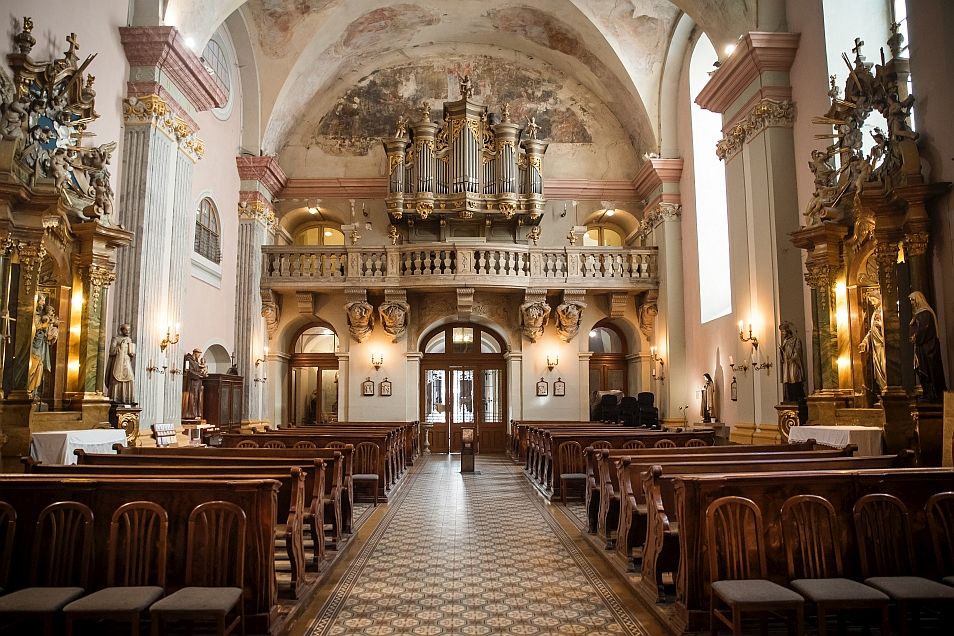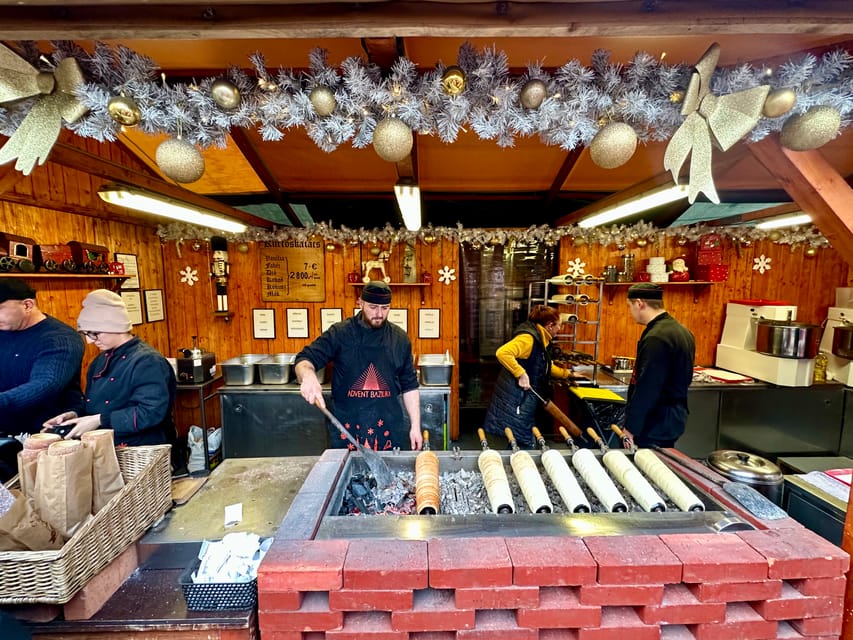The Art Nouveau Museum of Applied Arts in Budapest is temporarily closed due to major reconstruction works. Expected completion of the renovation is estimated around 2025-2026.
Museum History and Foundation

The Museum of Applied Arts in Budapest was established in 1872, following the creation of similar institutions in major European cities like London, Vienna, and Berlin. Recognizing the significance of handicrafts and industrial design, the Hungarian Parliament supported the museum’s foundation. From its inception, the museum aimed to collect both historical and contemporary applied arts, acquiring pieces from Hungary and abroad. Its historical core collection originated from antiques transferred from the Hungarian National Museum, while its contemporary acquisitions were enriched through purchases at world fairs such as Vienna 1873, Paris 1878, and Paris 1889.
Building and Expansion
As the collection grew, it became necessary to build a dedicated space for the museum. On October 25, 1896, the museum building was officially opened in a grand ceremony, with monarch Francis Joseph in attendance, marking the conclusion of Hungary’s Millennium celebrations. The building has housed the museum’s treasures ever since, including significant collections from manufacturers like Herend Porcelain and Zsolnay. The early directors, György Ráth and Jenő Radisics, played crucial roles in expanding the museum’s international presence and acquisitions.
Growth and Acquisition of Collections
Throughout its history, the museum’s collection has been enhanced by remarkable acquisitions. Radisics, the second director, is credited with laying the foundations of the Art Nouveau collection, particularly with his acquisitions at the Paris World’s Fair of 1900. Under the directorship of Gyula Végh, relationships with art collectors flourished, and the Friends of the Museum Association played an important role in acquiring valuable pieces. By the mid-20th century, the museum had accumulated a vast array of significant works, many of which were rescued from private collections after the Communist takeover in 1948.
Recent Developments and Collection Focus
In the late 1940s and 1960s, the museum underwent considerable growth, including acquiring the Ottó Fettick and Vince Wartha ceramics collections, as well as the furniture collection of Miksa Schmidt. Since the 1950s, the museum has focused more on pieces related to Hungarian history and contemporary Hungarian art. Today, despite the main building’s closure for renovation, the museum’s rich collection can be accessed online, with nearly 42,000 works available in its digital collection database. Contemporary Hungarian art continues to be a central focus of its acquisition efforts.
Hopp Ferenc Eastern Asian Museum
The Hopp Ferenc Easter Asian Museum features beautiful objects from the Asian continent, like ceramics from China, Japanese wooden carvings.
The museum has some Christmas decoration workshops (date not finalized yet). Some of the previous programmes:
- making Korean Christmas decors (yes, in Budapest, did we mention that Budapest is a cosmopolitan city?)
- Origami girlands
- and other Christmas decor with an Asian infusion
Nagyteteny Castle in Budapest
The Nagytétény Castle is currently closed for renovation. Access to the building and the castle park is limited and available only during designated events.
See more info about Budapest Museums and Budapest Attractions.

The location of the Museum of Applied Arts on Budapest Tourist Map: in the center of the map, you can see the yellow M symbol for the museum.
View Budapest Tourist Map in a larger map






